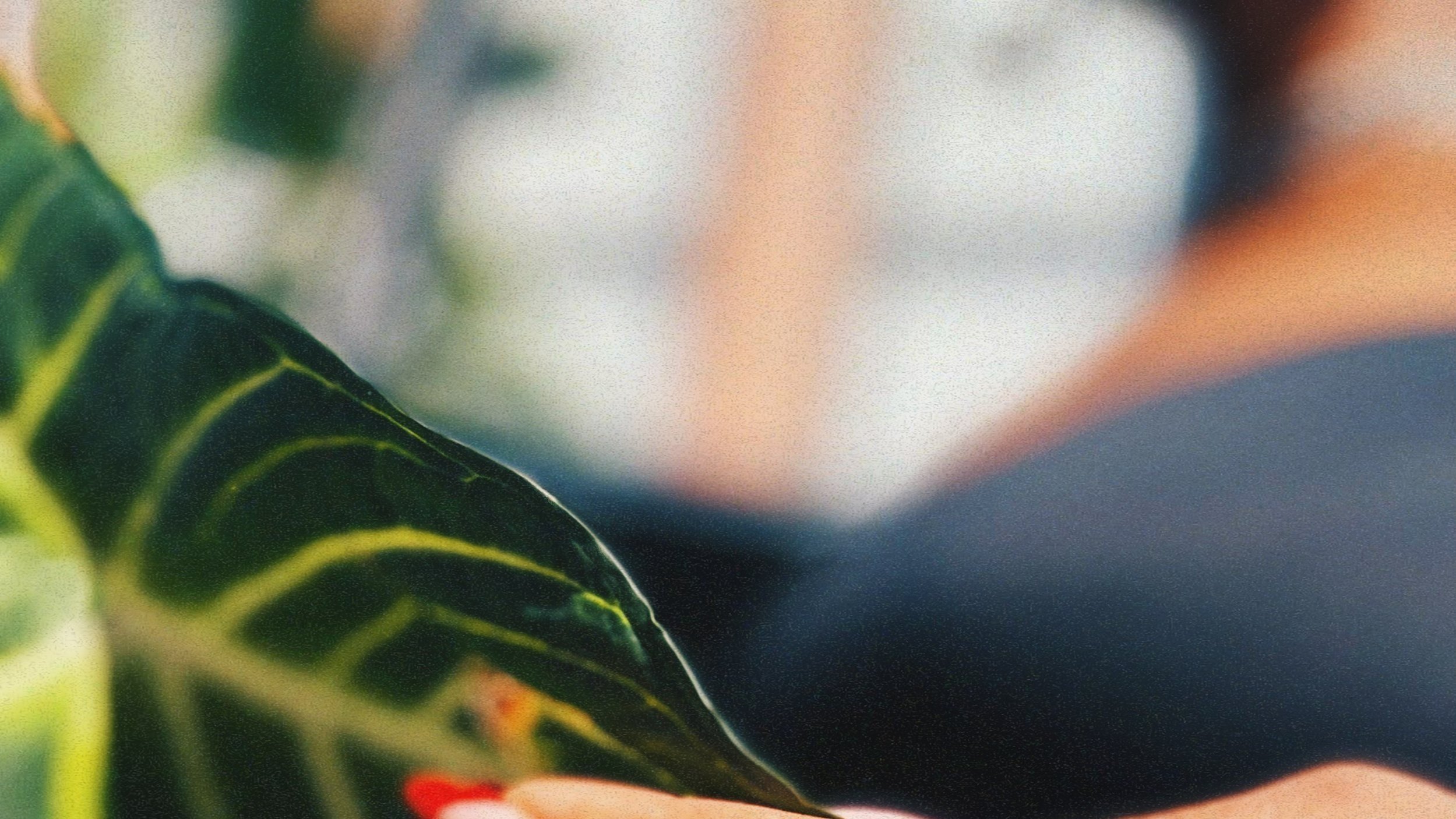
The OTT Collection
Learn about your new plant with our plant care guide.
-
Thrives in low to no sunlight—perfect for shady corners or windowless rooms.
Water only when soil is completely dry—typically every 2–3 weeks.
Use ¼–½ cup of water for small pots; up to 1 cup for larger ones.
Avoid watering into the center of the leaves to prevent rot.
-
Grows well in low to no light—ideal for offices, bathrooms, and hallways.
Water every 2–3 weeks, or when soil feels dry 2 inches down.
Use around ½ cup of water for standard pots.
Yellow leaves = too much water—less is more.
-
Tolerates low to medium light; keep away from direct sunlight.
Allow the top 1–2 inches of soil to dry before watering.
Use ½–1 cup of water based on pot size—ensure proper drainage.
Drooping leaves = thirsty; yellowing = overwatered.
-
Prefers moderate, indirect light—no direct sun.
Water when the top inch of soil is dry (usually weekly).
Use ½–1 cup, depending on pot size.
Always allow excess water to drain fully.
-
Needs well-draining soil and benefits from weekly misting.
Water when the top 2 inches of soil are dry.
Use 1–2 cups based on pot size—do not let it sit in water.
Chamaedorea, Kentia, and Rhapis tolerate low light;
Areca, Majesty, Roebelini love outdoor sun in warm seasons.
-
Prefers bright, indirect light.
Water deeply every 3–4 weeks—let soil fully dry between.
Use 1–2 cups of water depending on pot size.
New growth appears once a year in strong light.
-
Enjoys high, filtered light but no harsh sun.
Keep water in the central “vase”—refresh every 1–2 weeks.
Water soil only when fully dry; use ½–1 cup as needed.
Mist occasionally to maintain humidity.
-
Thrives in medium to low light; no direct sun.
Water every 10–14 days, or when top 1–2 inches are dry.
Use ½–1 cup of water—never soak the soil.
Use distilled water if possible (sensitive to fluoride).




